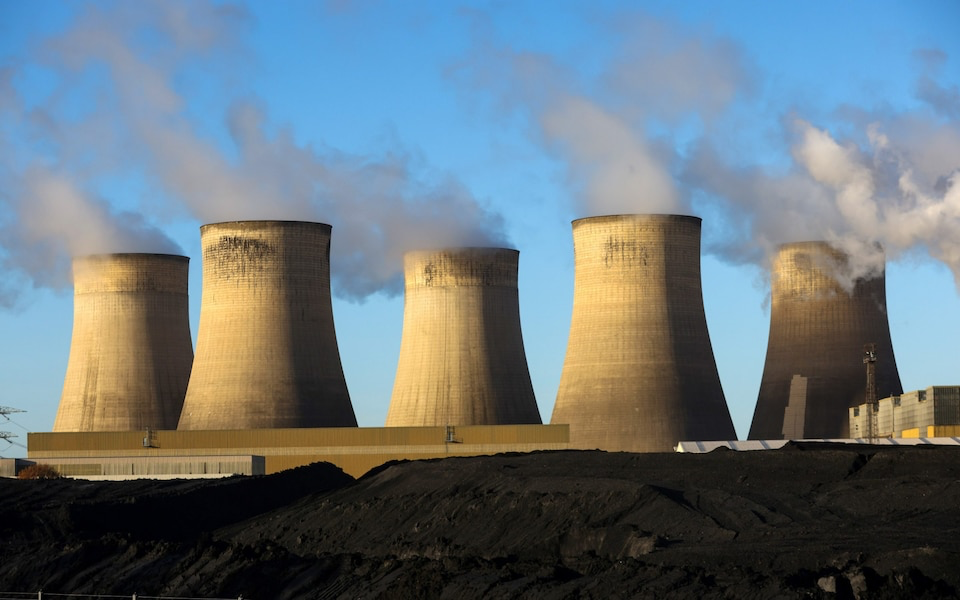South Africa’s state power utility and biggest source of air pollution, Eskom, has successfully appealed to keep five of its oldest coal plants operational. These plants, which constitute almost a quarter of Eskom Holdings’ 45 GW of coal-fired generation capacity, will be allowed to continue operating under current emission limits until the end of March 2030. This exemption enables them to bypass stricter pollution regulations, set to come into effect in 2025, that target emissions such as particulate matter and sulfur dioxide.
This decision highlights the challenges South Africa faces in balancing public health with the necessity of maintaining a consistent power supply. The country, which has one of the world’s most carbon-intensive economies, has been grappling with intermittent electricity outages since 2008. These blackouts have hindered economic growth and deterred investment.
Experts who informed Environment Minister Barbara Creecy’s decision noted that closing the offending plants could lead to severe power shortages. “Potentially involved plunging the country into darkness,” the report stated. Balancing this concern with the health impacts of pollution from the plants was described as “difficult and extremely complex.”
Minister Creecy has mandated that Eskom submit decommissioning plans for the Hendrina, Grootvlei, Arnot, Camden, and Kriel plants within the next year. Additionally, Eskom must provide fresh applications for pollution exemptions for its Matla, Duvha, Tutuka, and Kendal plants within 60 days. These facilities collectively have a capacity of 14.4 GW.
Eskom confirmed receiving the ruling on May 23, which was first reported by Johannesburg-based newspaper Business Day. The utility, which admitted in December that its particulate emissions were at a 31-year high, has disputed studies claiming its pollution causes thousands of deaths annually. Eskom is considered a leading global source of nitrogen oxide and sulfur dioxide emissions, pollutants linked to respiratory disease, heart attacks, and strokes.
The company has stated it is spending billions of rand to address pollution concerns. However, it claims it cannot afford the 300 billion rand ($17 billion) needed to comply with new emission limits. Notably, South Africa’s emission limits are more lenient than those of China and India, the world’s top coal power producers.
Efforts to address Eskom’s pollution issues include significant investments, but the financial burden remains a challenge. As the country navigates these complex issues, the struggle to balance energy needs with environmental and public health concerns continues to be a significant hurdle.
Source: Mining Weekly



